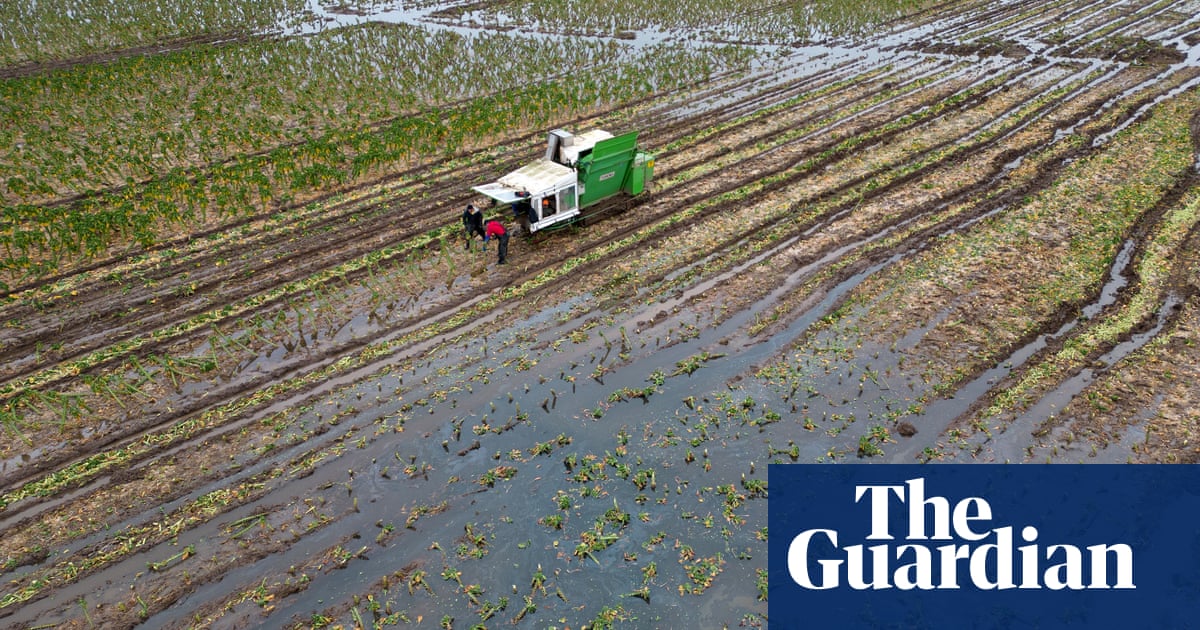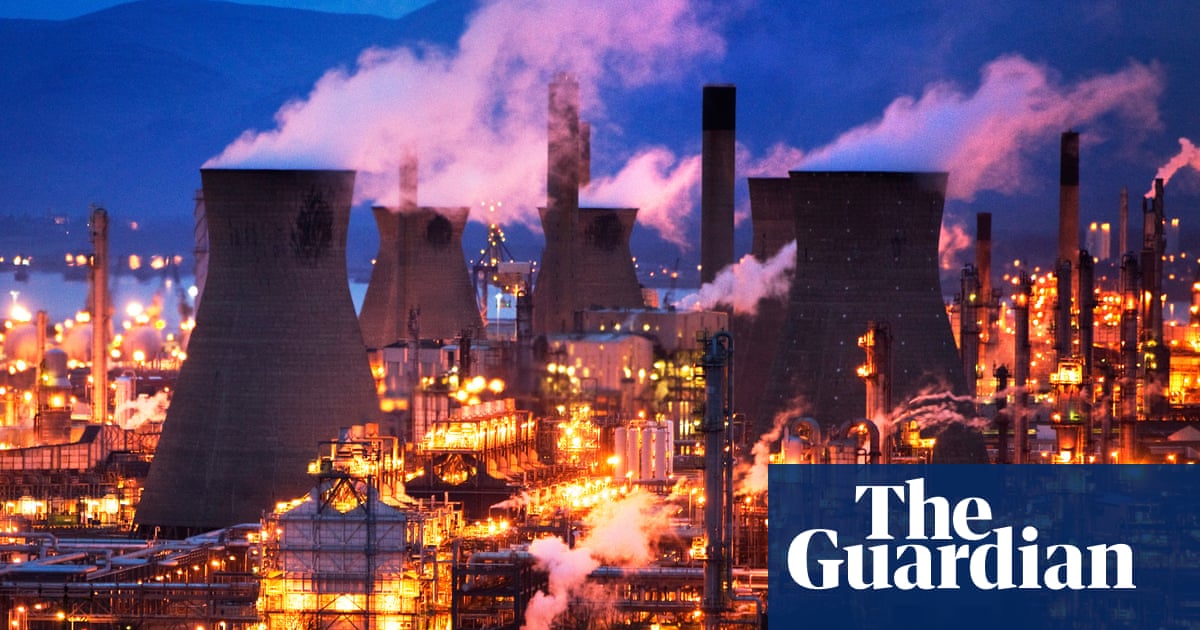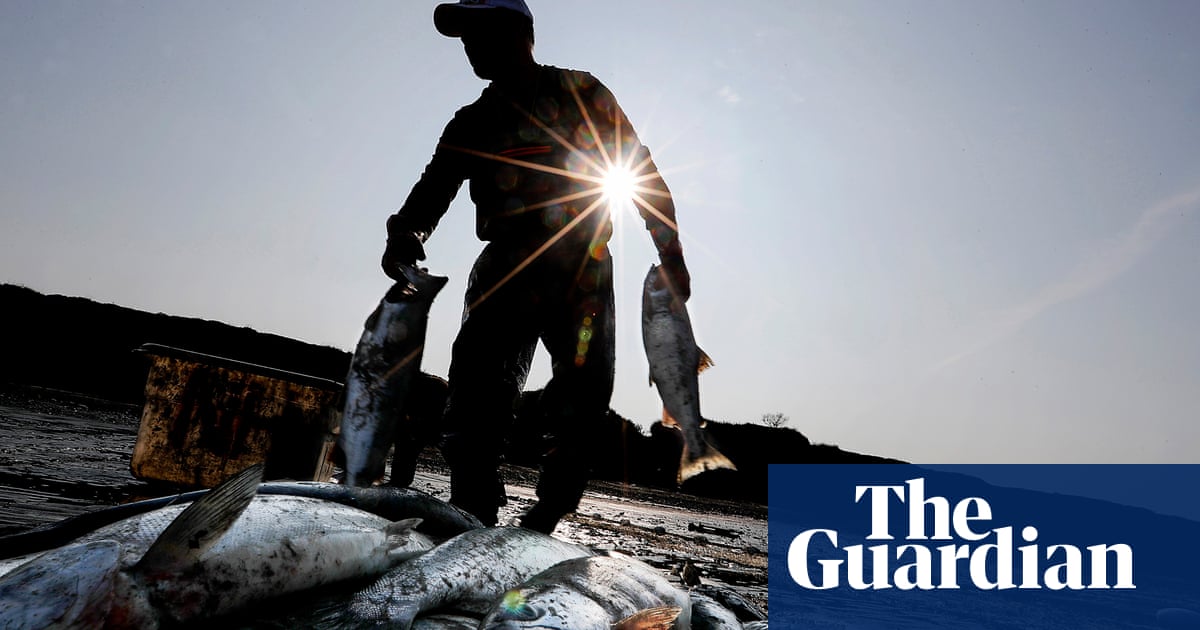How Phoenix is preparing for its next brutally hot summer » Yale Climate Connections


Now that 2023 is officially the hottest year on record for our planet, this seems like a good time to take stock and consider what comes next. And what better place to focus on than Phoenix, Arizona, America’s hottest large city. Phoenix endured its hottest summer ever in 2023, including a 31-day stretch where the high temperature was at least 110 degrees (peaking at 119) and 19 nights that never dropped below 90 degrees.
In 2021, David Hondula was named head of the first-in-the-nation urban heat office in Phoenix. Yale Climate Connections recently talked with Hondula about the city’s brutal 2023 summer and preparations for the next one, which is likely to be even hotter because of El Nino.
Yale Climate Connections: You’re the director of Phoenix’s Office of Heat Response and Mitigation. What does that office do?
David Hondula: Heat hasn’t fit in well to all sorts of government structures, so I see us as a catalyst to change that narrative in Phoenix. At the most basic level, our role is to ensure that heat has a seat at the table and is factored into all relevant processes, programs, budgets, and policies.
YCC: How did you begin that process?
Hondula: One of our first actions was to put together the city’s first heat response plan, so at least we had, in one place, a list of all the programs and services directed at short-term strategies to protect public health during the summer. Since then we’ve spent a lot of time building an overall view across the city itself and beyond to understand exactly what’s happening. What are the relevant systems here and how do they match the need? And then how do we find a closer marriage of those two? Toward that end, each year we produce a new heat response plan.
One vivid memory I have from the early days is extracting data about heat deaths here to understand the common patterns. We found that we needed to focus on people experiencing homelessness and substance use. So now we’ve stepped up our surveillance program to find other patterns and address them.
Read: For unhoused people in America’s hottest large city, heat waves are a merciless killer
YCC: Address them how?
Hondula: First you have to understand that for Southwestern cities, heat is not episodic. It isn’t like a hurricane that comes, does tremendous structural damage, and goes away in a day or two. Heat is a chronic hazard. It sits in place for the whole summer and beyond. Sometimes it’s worse, sometimes it’s better, but it is always dangerous. So we knew we had to build a very high response floor. Last summer’s record heat reinforced that idea, but we also learned that we need a high ceiling. Last summer, unfortunately, revealed that that was a deficiency of ours.
We need to escalate our response when incredibly difficult conditions occur like they did last summer. And that’s what we’re working on very hard right now. We’re building out a tiered model where we can turn up the dial as warranted by the situation in the summer. We’re opening more shelters with wraparound services for people who are unhoused, more cooling centers, and with increased hours of operation. The guiding principle is that every heat death can be prevented. To do that, we have to coordinate better with the Office of Emergency Management, the fire department, etc.
Now, all of that falls under the “Heat Response,” part of our office’s name — short-term programs to protect public health in an emergency situation. But we’re also the office of “Heat Mitigation,” which involves longer-term strategies to improve thermal safety, comfort, and quality of life.
YCC: I assume that involves countering the urban “heat island” effect, the contrast in temperatures between rural and urban areas?
Hondula: That’s certainly part of it. We’ve come to a pretty good agreement in the urban climate community that there are three key drivers of the urban heat island effect. One is the materials that we use to build our cities: asphalt for roads, bricks for buildings, non-reflective roofing are some examples. Many of those materials tend to have more heat-retaining properties than the natural landscape. Then they slowly release that heat into the environment, raising our nighttime temperatures.
Next is the geometry of the city, the three-dimensional structure that can trap and reradiate heat between buildings — the urban canyon effect.
The third component is machines that emit heat into the environment of a city. Cars and air conditioners are the two primary heat-emitting machines here. Improving mass transit is an essential part of the solution.
I would say, however, that the term “heat island” has become a representation of all our heat challenges, and that’s just not the case. Very often during summer afternoons, the temperature difference between the urban core and the surrounding rural areas is almost zero. But there are places in the city that are hotter than others at all times of the day. And those contrasts are not random. The location of the hottest places are often linked to issues of environmental justice and heat equity. Providing shade is important, whether from trees or structures, and that has nothing to do with a “heat island” effect.
YCC: You mentioned roofing materials earlier, which, if non-reflective, absorb heat and make nights hotter, and increase the need for air-conditioning, which adds even more heat.
Hondula: Yes, and that’s why a “cool roof” program is the next big piece of our portfolio, in terms of heat mitigation. There’s good research in the climate modeling community that widespread deployment of cool roofs can make a significant dent on urban heat challenges.
If you fly over Phoenix you’ll see lots of white or light-colored roofing in the industrial sector, in manufacturing and warehouses. But it’s not widespread in single-family housing. We’re still in the research-gathering stage to determine what a cool roof program should look like. It could be a requirement for new projects to be approved. It could include educating people about the monetary benefits of installing cool roofs by saving on energy bills. It could include financial incentives from the city. One local utility is already offering a rebate for homes that install a cool roof.
YCC: What about cool pavement, covering asphalt with a highly reflective surface? Phoenix has been working on that for several years.
Hondula: Absolutely, and last June we celebrated our 100th mile of cool pavement. The goal from the beginning has been to have a robust real-world deployment of this material and to understand how it performs in non-laboratory conditions in people’s neighborhoods. People are looking at it and driving on it throughout the city every day. I’m not aware of any other city that has put down more miles of cool pavement and invested in a comprehensive evaluation program.
YCC: I’ve read that its reflectivity degrades significantly over time.
Hondula: That’s a perfect example of an outstanding research question. We can only learn the answer through the widespread deployment that the Phoenix Street Transportation Department has done. Maybe one of the greatest benefits of cool pavement will be the way it protects the underlying asphalt from thermal strain, reducing pavement maintenance and saving taxpayer dollars. Or, depending on the material used, maybe its reflectivity really can last a long time. That’s why we’re studying it so closely.
YCC: As you pointed out, heat is a chronic hazard here in the Sonoran Desert. How does a warming climate affect already hot places like Phoenix?
Hondula: The fact that we are in a nonstationary environment is a fundamental principle. Climate change is a huge factor in planning. For example, how hot it will likely be in 2050 will determine how many cooling centers will need to be built.
That said, people have been living here, and in other very hot places on Earth, for a very long time. We seem to have drifted away from some of the principles and practices used by early inhabitants. For example, Indigenous peoples constructed low, earth-colored buildings that have very few and intentionally designed windows or openings to the outside. It’s not hard to find counterexamples today. I’m thinking of one building here that’s a large glass rectangle. I heard that the architect’s concept was “an ice cube in the desert.” In my informal experiments, ice cubes do not have a superlong life span in the desert. (Laughter)
YCC: Could you talk a bit about your view of the importance of technological versus systemic fixes to dealing with extreme heat in the future? We’re such a technology-oriented society, and I admit, I’m excited by the promise of new technologies. But I’m also suspicious of technologies that are framed as magic bullets. How is your office trying to find the correct balance of technological and humanistic solutions to living safely with heat?
Hondula: Yeah, I’m not sure that technology will be the dominant component of our strategy to a more heat-resilient future. It has to be a component, and it could be a dominant one. But there are social parts of the system that require lots of attention, including structural bureaucratic components as well. It is a balance, not an either-or situation. If air conditioners that were 10 times more efficient than existing ones were invented tomorrow? That would be a game-changer for a lot of households in Phoenix. But I am absolutely convinced that there are a lot of low- or no-tech strategies we need to be pursuing as well.
We are technology enthusiasts and want to contribute to the city being a leader in the innovation space. I think some of that innovation can feel very techie, and I think some of it can feel very, um, “humanie.” I hope a lot of it feels a little of both.
Some people in Phoenix right now have the capability to feed their pets using an app on their phone. And yet we have people dying in homes that are too hot and nobody knows about it until it’s too late. The technology is there. But something about our social, incentive, legal systems, etc., hasn’t taken advantage of what’s there already. So I’d say we’re trying to stay up to speed on technological development, but I would not suggest putting all of our eggs in that one basket.
YCC: You’re probably very aware that some people ask, given its desert location, should Phoenix even exist?
Hondula: I really don’t know how to answer that kind of rhetorical and philosophical question. It’s like asking if cities in extremely cold climates should exist. What I do know is that with intent, resources, creativity, and innovation, the Phoenix of the future can be safer, more comfortable, and thriving than the one we have today.




